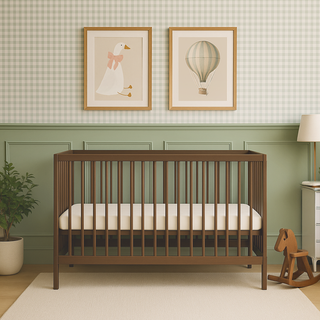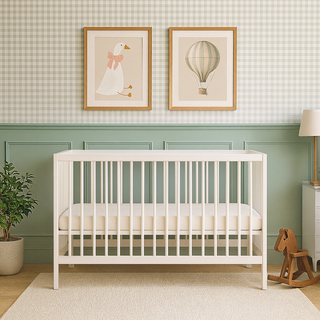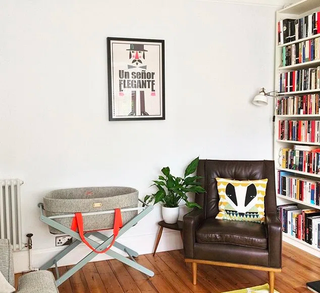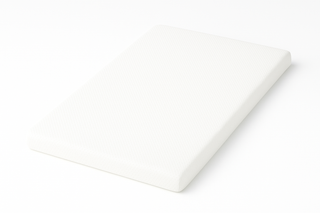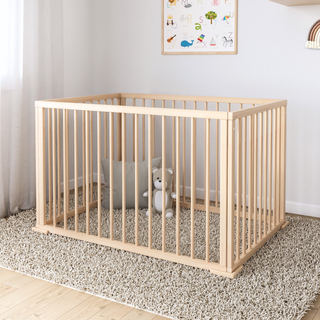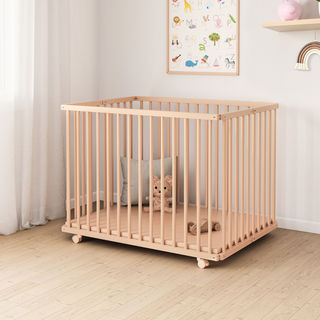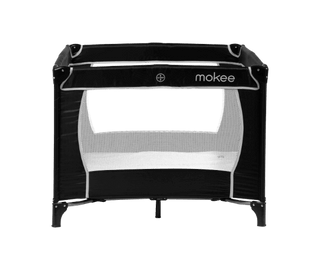4 min read
by Madlena Szeliga
This is the day you've been longing for and fearing the most. You are going to meet your baby, but first - you need to give birth. Things may go just like you planned, but they might also surprise you. Don't worry! Ask all the questions you want. Now, and when the day comes.
Here we gathered all the labour related questions, our participants asked during the latest Q&A session at moKee Birth School Online. Sophie Martin, qualified midwife (aka The Infertile Midwife) answered them all for you. They cover all the topics - from what to wear to pain during labour.
I’m not familiar with this app. However, there are many hypnobirthing products available. Cds, downloads, books etc I recommend starting hypnobirthing as soon as possible, as practice makes perfect.
I would always say lip balm, as your lips can get dry - especially if using gas and air. Snacks - super important for you and your birth partner. I recommend packing a drink that isn’t water - something like an isotonic drink. Toiletries, maternity pads, big knickers and a couple of nighties or PJs. You also must pack things for baby, clothes, nappies, cotton wool, etc.
Wear whatever you like - there are always gowns available if you don’t want to wear your own clothes. With an epidural, doctors will need to get to your back so they will get you to pop into a gown so they can have open access to your back. But on the whole, wear what you fancy! I wouldn’t recommend buying anything new to wear for the birth, as it may get ruined.
Whatever you like. No clothes - that's fine. Don’t be embarrassed. Some women choose a bikini and when closer to the time take the bottoms off. Or a t-shirt. Whatever you are comfortable in. As long as you can take the bottoms off- so the baby can come out! For birth, in general, wear what you like!
It is good for pain relief, you are less likely to ask for other pain relief options. That feeling of weightlessness and warmth helps. It is usually only recommended for low-risk women though, so any high-risk complications it wouldn’t be recommended. We can’t protect the perineum though when you give birth. So if you want that to happen you can pop out of the pool. If you get in too early it can slow down the labour. We usually try different positions to get labour back up again. If you don’t like it you can just get out. It is a good form of pain relief.
No - you can’t have both of these. But you can get in the pool and if you need more pain relief you’ll get out before having an epidural.
When pregnant your uterus is like a balloon- the placenta doesn’t take up the whole of the uterus. When you have an anterior placenta, it is at the front, but at the top of the uterus. The incision for the caesarean is very low, near your bikini line, so won’t be near the placenta.
We wouldn’t recommend a caesarean based on the head size alone. If your baby’s weight is over the 95th centile, then you should have an appointment with a doctor. The most important thing to remember is that most women will only grow a baby big enough for them unless they have pregnancy complications like diabetes. The position of the head is very important, we want their head to be flexed, not extended.
Size is difficult to assess without working out the centile using a personalised growth chart. If 9lb 10 is above the 95th centile, then it would be recommended for you to have some growth scans during this pregnancy. If she was less than the 95th centile, then you won’t need to have any growth scans unless there are concerns about the size of this baby.
When the placenta is sat on top of the cervix this is known as placenta praevia. Sometimes it will be fully over it or just a little bit. If it is fully coving cervix it is unlikely to move at this stage. You will have scans to check the position of the placenta. With placenta praevia, the only option is for caesarean section.
A balloon induction is what we call mechanical induction. Hormonal inductions are where midwives give you drugs. The balloon tries to physically open the cervix. With the balloon induction you will have a tiny tube inserted through the cervix and on either side of the cervix, now remember the cervix is like a tube and there would be a balloon of water that sits at the top and one at the bottom. At my hospital we are only doing a balloon induction as there are loads of pros – they keep the babies happier - There are fewer cases of foetus distress. It is also far more comfortable to mums. Not painful whereas hormonal inductions you have contractions. So for midwives, we are seeing lots of pros. It doesn’t fail very often. If it doesn’t work we can then move to hormonal drugs so there’s still a chance of labour.
It depends on whether the hospital offers this service and whether you are suitable, so please check with your midwife.
Some research suggests that placentas don’t function well for IVF pregnancies after 40 weeks. This research looks at IVF pregnancies altogether - it doesn’t acknowledge that there are many different reasons that couples need IVF.
The first baby usually engages earlier than second babies, although there is no set time. To do this, open your legs very wide. Open your knees very wide. Stop crossing your feet and knees. If you cross your feet and knees it closes your pelvis. Walking up and down the stairs sideways like a crab is a good way, or sitting on a birthing ball.
Second babies engage later, and sometimes don’t engage until labour Not everyone notices that the baby is engaged, it is not always noticeable. But vaginal heaviness or feeling pressure can be a physical symptom or noticing the bump drop.
I love a TENS machine - they’re brilliant. They’re electric nerve stimulation and the way they work is they block the pain receptors. Put them on as early as you can in labour. When you start to feel uncomfortable pop it on. You can buy or rent them. Make sure you get new pads. You must put them on early. Don’t wait until full-blown labour. Get them on when you first feel uncomfortable.
When you are getting close to labour you could have it ready. You could go into labour anytime from 37 weeks onwards. If you have it beforehand you can play around with it so you know how to use it and get it all ready, so from 36 weeks would be a good idea.
PCA is patient-controlled analgesia - some hospitals use this method for their epidural, and others so don’t. So ask your midwife what sort of epidural they give.
A walking epidural is where you are given slightly milder medication which means you can still walk around whilst using the epidural. Other hospitals will give stronger medication which will make your legs very heavy, and therefore making walking more difficult.
Nursing bras are great but if you want to do skin to skin - it doesn’t work. You will have material where the baby needs to be touching you. They definitely have a time and a place- might be handy when popping out for a coffee shop! At home, I would recommend taking everything off and doing skin to skin if you can.
Listen to moKee Birth School online on Spotify. Now available as a podcast too!






